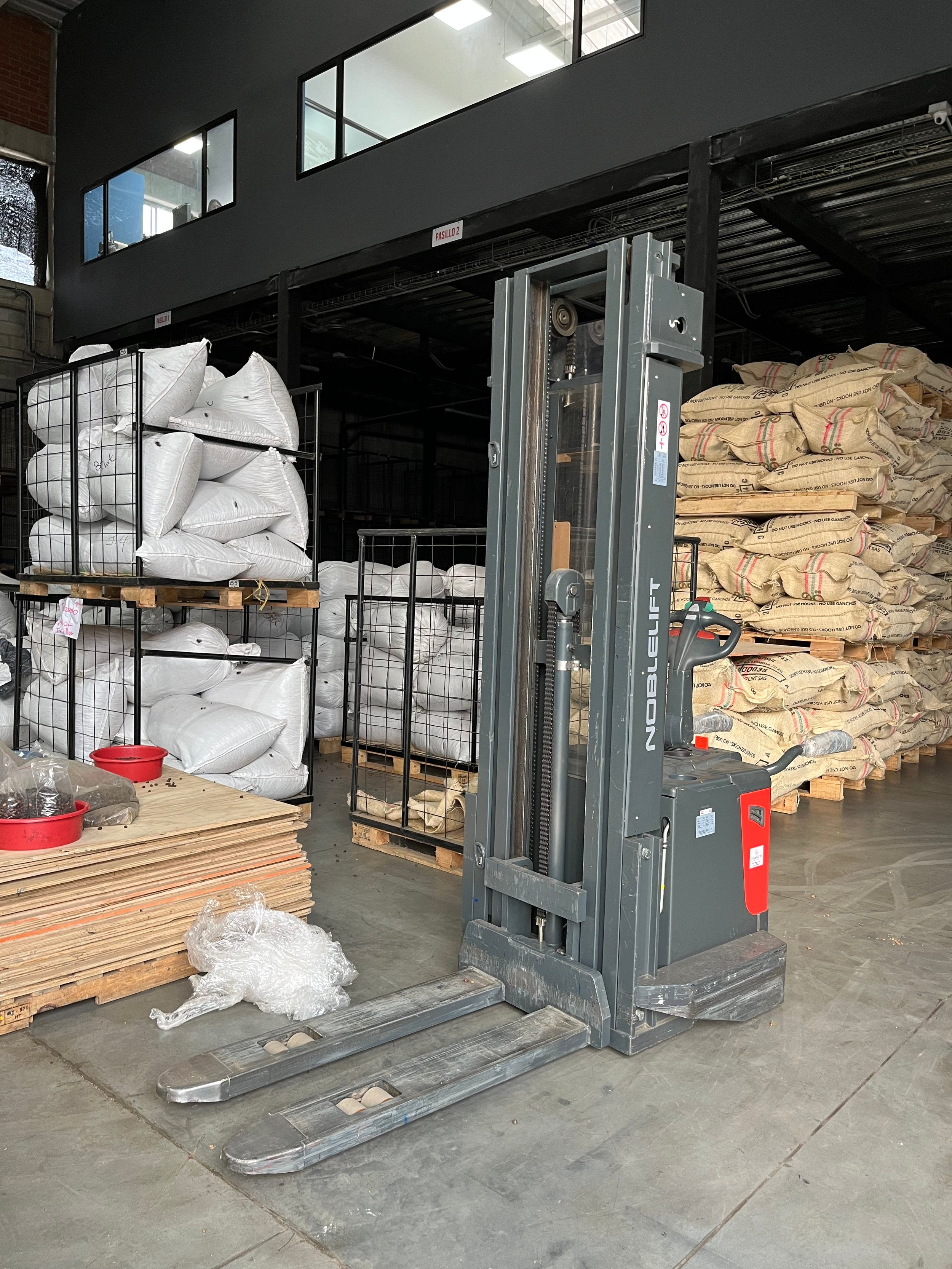
Colombia Part 5: Moving the Coffee
This is a journal entry from our Director of Coffee, Bobby Wrigley from his recent trip to Colombia.
All of the coffee from the 11 buying stations eventually makes its way to the dry mill, where it is hulled of its parchment and then sorted with multiple machines to be cleaned free of defects. Some coffees are blended and homogenized to make uniform regional lots, while other micro-lots are segregated and processed individually to be sold on their own. The size of the micro lots vary; some micro-lots might be as small as a couple of bags of coffee (about 300 pounds).


Once coffee is milled it is called green coffee, and it is packed in grainpro lined jute bags for export. Coffees do not sit here long, the logistics team is busy ensuring that containers are booked and ready to move the coffee to the USA or Europe within two weeks of milling.

We use regional blend lots from The Coffee Quests (TCQ) in our organic Breakfast Blend, organic Wild Espresso, Bandwidth, and some seasonal blends. We feature some of the higher-scoring micro-lots on their own throughout the year–notably El Triunfo from Audon Solano and El Paraiso from Ernedis Rodriguez. La Victoria is another coffee we have roasted for years. It is a community lot from Santa Maria and consists of higher scoring coffees in the 85 point range.

There is a quality control team on staff at the dry mill. Hundreds of samples are roasted and cupped by the team–no less than three times by TCQ, twice at the buying station and at least once at the dry mill, which functions as the final QC check before milling, bagging, and export.
All of this hard work from the farmers, pickers, families, coffee buyers, dry mill staff, and cuppers is what it takes to produce specialty coffee that scores higher, tastes better, and creates more value for the producers while providing the final consumer with a special product. We are glad to be a part of this industry, and we do everything we can to ensure the coffee comes out of our roaster and goes into a retail bag at its peak.


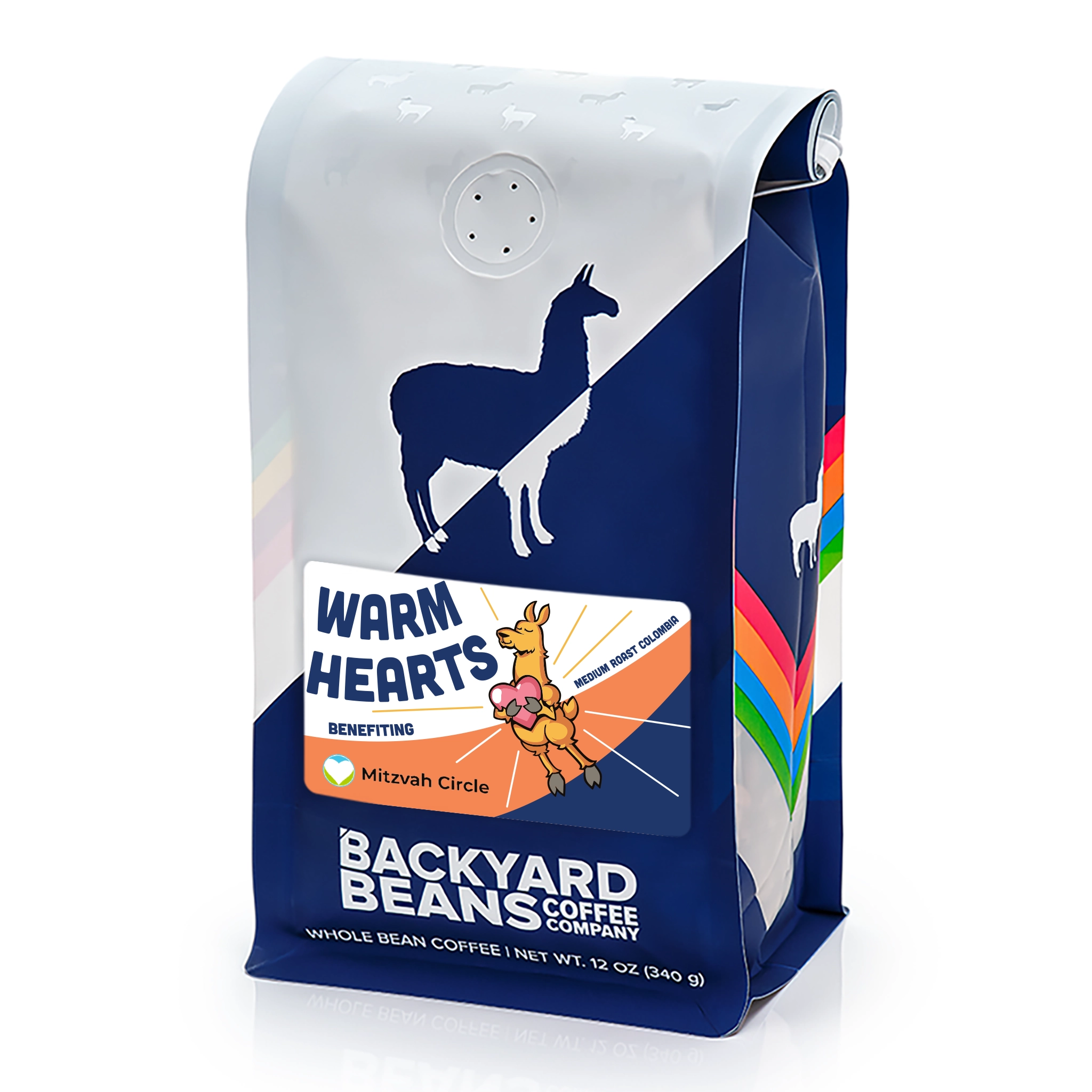
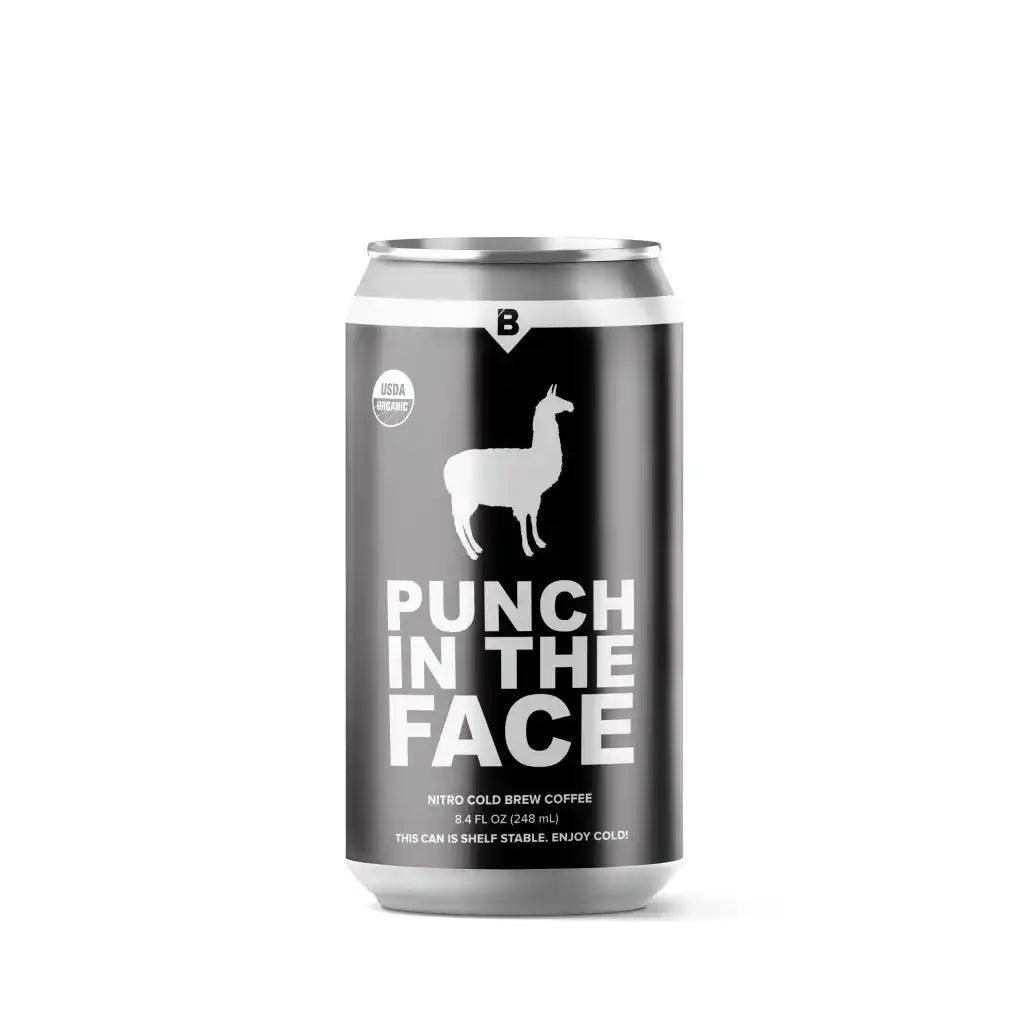
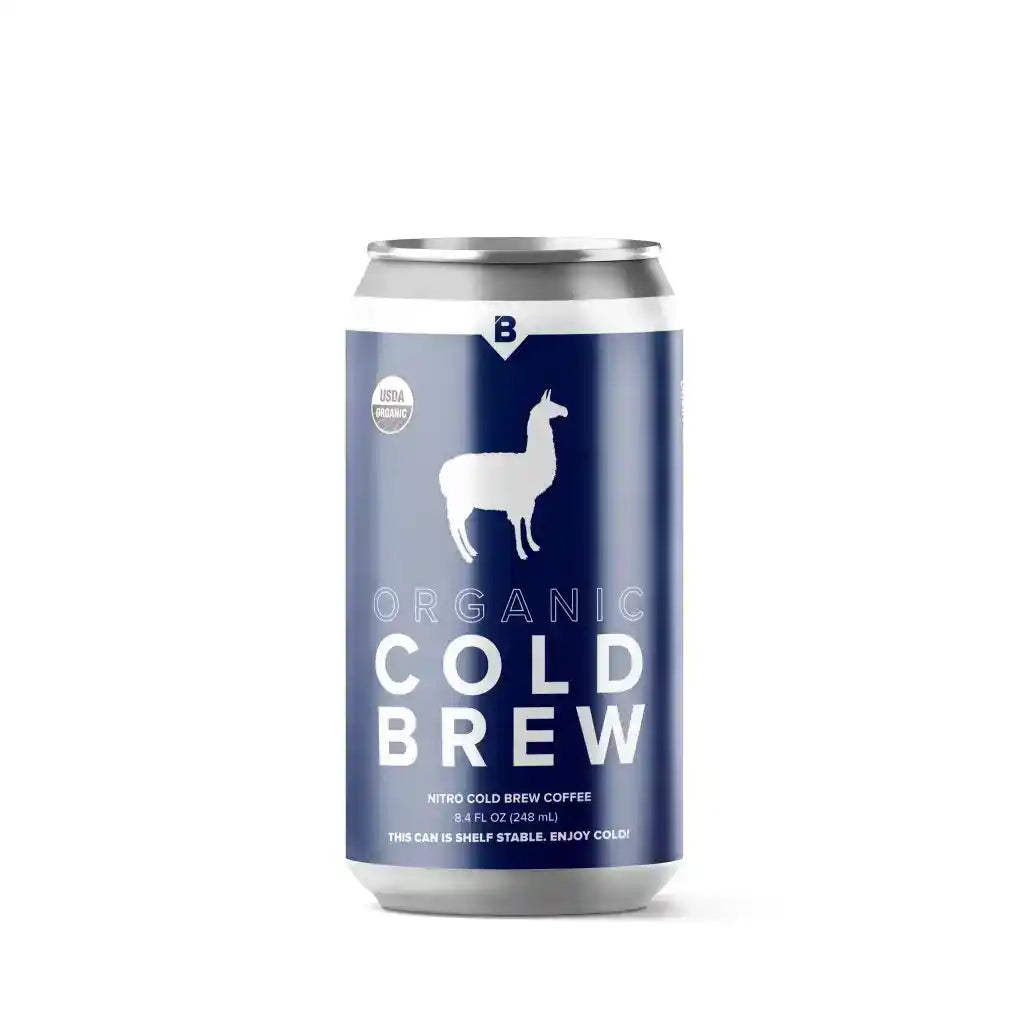
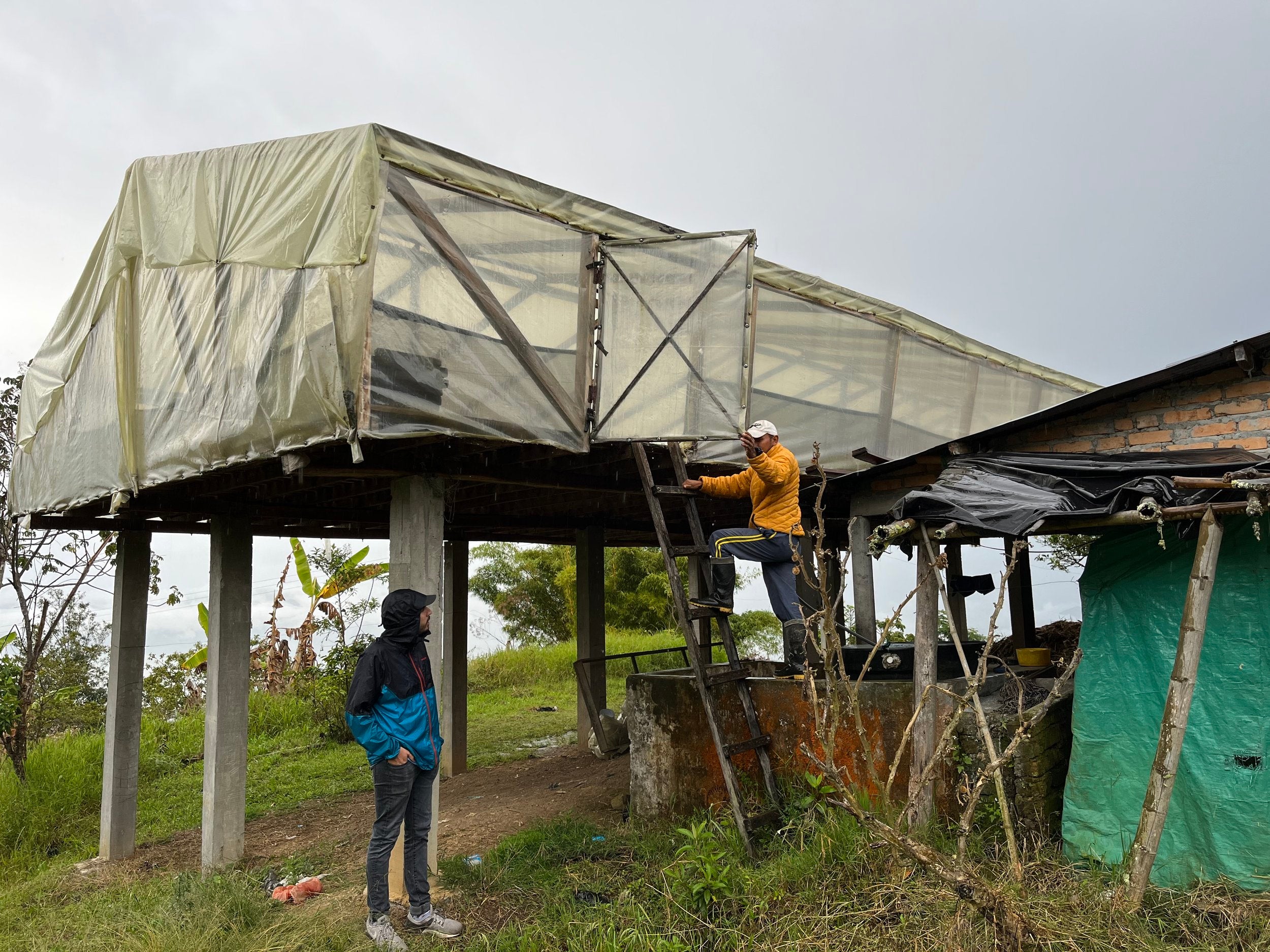
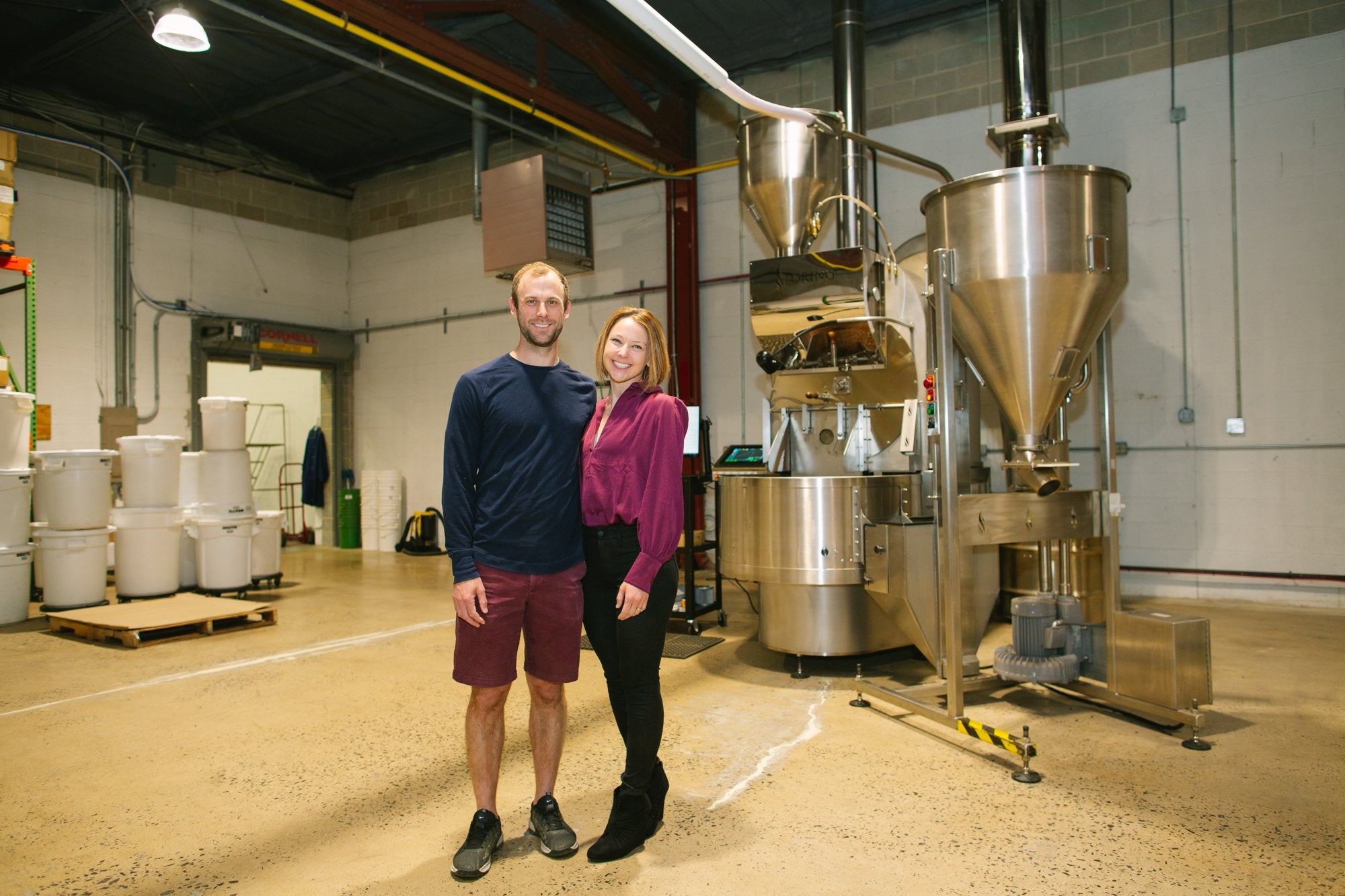
Leave a comment
This site is protected by hCaptcha and the hCaptcha Privacy Policy and Terms of Service apply.